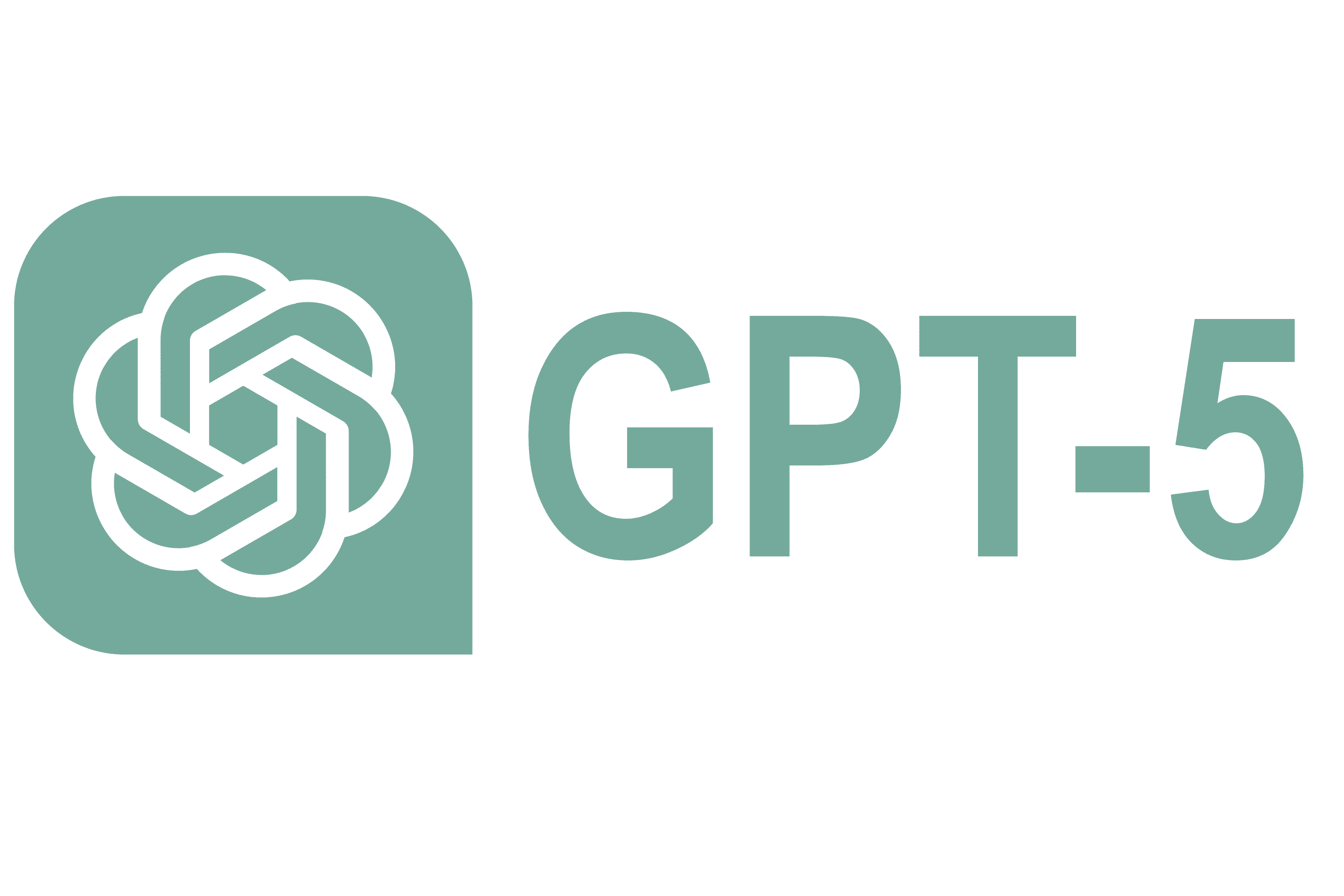GPT stands for Generative Pre-trained Transformer, a type of artificial intelligence model that’s designed to understand and generate human-like text. It’s like having a super-smart language expert at your fingertips, ready to answer questions, write emails, translate languages, and even create creative content.
But how does it work? Imagine a vast library filled with books, articles, and websites. GPT has read and analyzed all of this information, learning the patterns and nuances of human language. It uses this knowledge to predict what words or phrases are most likely to come next in a sentence or conversation. When you ask GPT a question or give it a prompt, it uses its training data to generate a response that is both relevant and coherent. It’s like having a conversation with a knowledgeable friend who can access a wealth of information instantly.
All About GPT
How Does GPT Work?
Here’s a breakdown of how this complex concept works:
- Generative: GPT models can make new text, poems, scripts, musical pieces, email, letters – you name it!
- Pre-trained: These models are trained on a massive amount of text data. This teaches them the patterns of human language.
- Transformer: This is a special kind of neural network – the “brain” behind the AI. The transformer allows GPT to pay attention to different parts of input text for better understanding and responses.
What Can GPT Do?
Here’s a table of some of the neat things GPT models can do:
| Use Case | Description |
|---|---|
| Conversations | Chatbots powered by GPT can have realistic, engaging conversations. |
| Text Completion | GPT can predict the next words in a sentence, making writing easier. |
| Translation | Can help with translating between languages. |
| Essay Writing | Can generate different writing styles, like essays or reports. Be aware – teachers can now detect AI-written text! |
GPT technology is constantly improving. It’s likely we’ll see even more amazing uses for it in the future!
Overview of Generative Pre-trained Transformer
Generative Pre-trained Transformers, or GPT, represent a significant leap in AI capabilities. They are designed to understand and produce human-like text by predicting the most likely next word in a sequence.
Defining GPT
GPT stands for Generative Pre-trained Transformer. It is a type of artificial intelligence model that belongs to the realm of neural networks. Specifically, it uses a transformer model architecture. Generative indicates its capability to create content, and pre-trained means it has already learned a vast amount of information before being fine-tuned for specific tasks.
The Evolution from GPT-1 to GPT-4
The GPT series has evolved significantly:
- GPT-1: The original model set the stage with 117 million parameters, showing the potential of transformers to handle language tasks.
- GPT-2: Enhanced with 1.5 billion parameters, it demonstrated large-scale language capabilities, raising concerns about its powerful generative features.
- GPT-3: Amassing 175 billion parameters, GPT-3 became a powerhouse for diverse applications, pushing AI creativity and context understanding further.
- GPT-4: Details and capabilities have expanded even more, continuing to refine and improve on the foundations laid by its predecessors.
Key Features of GPT Models
GPT models are marked by several key features:
- They harness transformer model architectures, making them adept at parsing and understanding context in text.
- The power of GPT lies in its neural network design, which mimics some aspects of human neural activity.
- As they are part of artificial intelligence, they continue to bridge the gap between machine processing and human-like language production.
Technical Foundations
GPT’s technical roots are grounded in a blend of neural network technology, advanced algorithms like the transformer architecture, and self-attention mechanisms. These components work in unison to enable the model’s ability to understand and process language on a large scale.
The Transformer Architecture Explained
The transformer architecture is the backbone of GPT. It’s designed for handling sequences of data, like text, making it ideal for tasks like translation and summarization. At its core, this architecture relies on several layers of attention mechanisms that allow the model to weigh the importance of different words in a sentence. This forms the basis for its neural machine translation abilities.
Understanding Neural Networks
Neural networks are interconnected nodes, or ‘neurons,’ which are inspired by the human brain. In the context of GPT, they’re part of a deep learning framework that helps in identifying patterns in data. These networks adjust their connections through learning, improving their performance in tasks like common sense reasoning and language understanding over time.
Self-Attention Mechanisms
Self-attention is a type of attention mechanism that enables the model to look at different positions of the input sequence to predict the next word in a sentence. This process helps GPT to focus on relevant pieces of text, enhancing its ability to generate contextually appropriate content. It is a critical element that contributes to the effectiveness of large language models (LLMs) like GPT.
GPT and Language Processing
GPT, standing for Generative Pre-trained Transformer, is a powerful language model tool used to decipher and generate human-like text. Let’s explore the nuts and bolts of how GPT is revolutionizing language processing.
How GPT Enables Natural Language Processing
Natural language processing (NLP) powers the ability to understand human language in a way that computers can process. GPT models excel in this domain by being pre-trained on a sprawling dataset of diverse text. They grasp the subtleties of language, recognizing patterns and nuances, which lets them understand and respond to a wide array of text inputs. This level of comprehension is the cornerstone of applications like translation services, voice assistants, and chatbots.
GPT’s Role in Language Prediction Models
Language prediction models anticipate the next word in a sequence, ensuring that the generated text flows logically. GPT accomplishes this by examining the context within a dialogue or text passage, then predicting the most likely subsequent words. It’s a bit like a seasoned chess player foreseeing their opponent’s next few moves, which enables GPT to form coherent and contextually appropriate sentences.
Improving Human-Like Text Generation
The quest to produce text that sounds as if it were written by a person lies at the heart of GPT’s design. With GPT, conversations with chatbots can be more natural and less like talking to a machine. The language model intelligently weaves words together to simulate human-like text, which allows it to engage in dialogue that is both meaningful and convincing. The success here is based on its extensive training, which captures the richness of human communication and brings it into the digital conversation.







